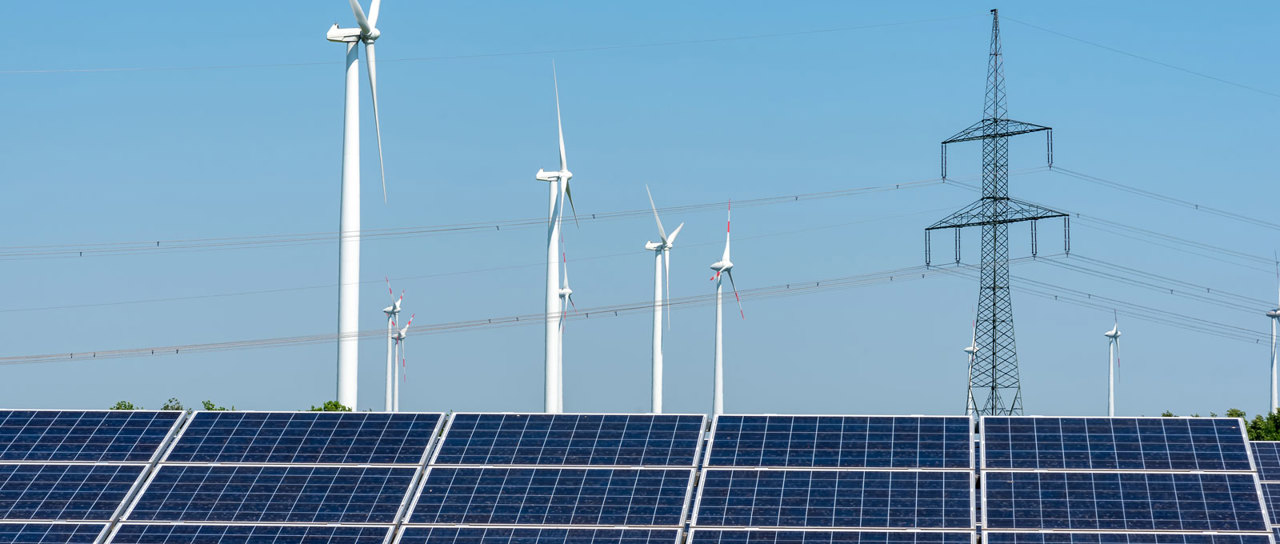Smart grids deserve smart sealing solutions.
Many electrical substations are now modern facilities filled with communicating high-tech equipment. It is still important to check the condition onsite on a regular basis, but the monitoring functionality now enables substations to detect and communicate incidents with water ingress, humidity or pollutants directly to the control center. Pump alarms tell maintenance personnel to go to site to handle the problem, and the most frequent causes of partial discharge activity, switchgear failure and power outage are discovered remotely.
Increase safety and security
This development from mechanical clockwork to digital refinement should be reflected also in the protection of the substation. Why are control measures like water pumps and dehumidifiers used as first line of defense when there are modern ways of sealing against structural ingress? It should be an obligation to use pumps only in case of emergency flooding and instead act proactively to prevent water from entering buildings and kiosks – and thereby reduce the risk of costly downtime.
Specify reliable seals
By securing the substation against structural ingress, you keep sensitive complex equipment dry and clean, and ensure stable power supply. You can rely on the monitoring equipment and do not have to send people onsite unnecessarily. You will also save money on avoiding consuming water pumps.
In order to ensure optimum operating conditions, you should therefore always specify first-rate sealing solutions for cable and duct penetrations aboveground as well as underground.
Tight, firm and flexible
Traditional sealing methods such as compounds, mastics and shrink systems do not cure properly in wet environments and cannot retain heavy cables. Ground settlement causes cracks – and leakage.
The best modern sealing solutions, however, protect against flooding, dust and rodents. They provide firm cable retention and can be installed with success even in running water conditions.





